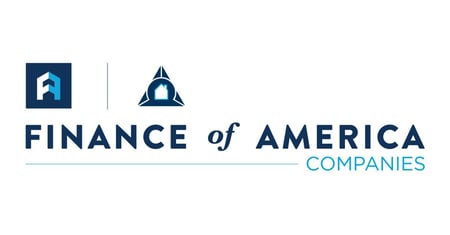
Client:Finance of America Companies
Empowering the Digital Tester with UiPath Test Suite at Finance of America Companies

67%
Reduction in test execution time using UiPath over legacy tools
338
Hours saved during a six-month period
Client Overview
Finance of America Companies provides a diverse selection of lending products and services that meet customers’ financial needs throughout each phase of their lives. From reverse mortgages to commercial real estate loans, to student loans, to a variety of other financial services, Finance of America Companies delivers a positive customer experience and does business with a personal touch.
At Finance of America Companies, employees prioritize providing a positive customer experience and meeting the evolving needs of their customers. To deliver on these promises, the technology automation team needed a strong test management tool to test their sales and loan origination systems. With smart oversight of a powerful test management tool, the team knew they would have the right context to make good decisions about their automated testing practices.
Kicking off the automated testing journey
The technology automation team at Finance of America Companies needed to engage in both application testing and RPA (robotic process automation) testing for their systems. The team wanted to empower its business analysts to automate testing, because the business analysts had the deepest understanding and most experience using these systems. Yet these business analysts struggled to use the company’s existing tools for test automation. The existing tools created several challenges, including overreliance on manual testing, overconsumption of resources, wasted time, and excessive dependency on the technical team for test generation and metrics execution.
To overcome these challenges, the technology automation team wanted to adopt a tool that business analysts could easily understand and use to automate testing. So, they turned to UiPath Test Suite, the automated testing solution powered by the UiPath Business Automation Platform. This solution includes Test Manager, which offers comprehensive test planning, defect reporting, and requirements traceability.
Developing a training plan for business analysts
To ensure that business analysts feel comfortable and confident with using UiPath tools, Debbie Yarosh, the Vice President of Technology Automation at Finance of America Companies, set up a four-week training plan for business analysts to complete. Analysts can move at their own pace through the training.
Week one kicks off with the analysts setting up their license and software as well as reviewing best practices. Business analysts also take training courses about Task Capture, a process discovery tool within the UiPath Platform, and RPA developer foundations during this time. During week two, business analysts finish the RPA developer foundations course, complete an automation exercise, and shadow a developer for deeper understanding.
Moving into week three of the training program, analysts take training courses about Test Manager, Test Suite, and application testing powered by Test Suite. They also complete exercises related to these courses.
In the final week of the training, business analysts work with a developer on a user story to showcase their knowledge. After this, they’re ready to graduate and work on test automations independently.
"At Finance of Americas, we've transformed the role of our business analysts so that now they're being empowered to actually do the automations for testing,” said Yarosh. “The reason is that they're the ones who know the applications. They also know what's being requested and what's being asked to be added or changed. They're the ones who have to go in and test once development is finished to make sure that whatever was requested was actually delivered as expected."
Empowering the Digital Tester
Equipped with Test Suite, business analysts at Finance of America Companies define requirements, create test plans and scripts, and automate testing. Through these activities, business analysts ensure quality for all features released in development, UAT (user acceptance testing), and production.
More specifically, business analysts can strive to reach 100% test coverage in the development environment, engage in regression testing in the UAT environment, and conduct smoke testing in the production environment. With automated testing, all tests, including regression tests, run in the development environment every evening.
The benefits of automated testing are two-fold in that it decreases costs and increases test coverage. Once a bug is introduced into production, it's much more expensive to fix that bug than if you had identified it earlier, whether it's when you were designing it or when you're developing or testing it before you deploy. So automated testing helps with finding changes that might be happening in our environment that would cause our automations to fail.
Debbie Yarosh · Vice President of Technology Automation at Finance of America Companies
Business analysts also leverage UiPath Task Capture to create the basis for starting the automated tests. Task Capture aids in accelerating business process documentation by recording workflows in detail. By connecting Task Capture to Test Manager, business analysts can export their documented workflows to accelerate their automation development. Within Test Manager, Finance of America Companies’ application development teams can then run tests whenever needed.
Discovering the benefits of UiPath Test Suite
What’s the most notable benefit of using UiPath tools for automated testing? Equipping business analysts with Test Suite saves significant time and money because analysts have the deepest understanding of business applications. The analysts can run their scripts at any time rather than needing to ask for them from the test automation team. This setup provides them with control over their automated testing.
“With automated testing through UiPath Test Suite, our deployments are now faster because our testing can be done faster,” noted Yarosh. “Plus, our business analysts have more control over what they want to test because it doesn't require manual testing. We add more test bots to the mix so that they can get it all done in one shot instead of the linear fashion that they've been doing."
With this setup, the test automation team can focus on tasks that support business analysts in their automated testing journey. These tasks include maintaining reusable component libraries, scheduling test set runs, configuring and setting up Test Suite, establishing best practices, maintaining object repositories, providing automation feedback and support, overseeing test component version control, designing and refining training modules and artifacts, and providing test automation training to new business analysts.
We’ve seen a 67% decrease in test execution time and have saved over 338 hours during a six-month period with Test Suite. This is huge because it means that now we can automate more, we can get more test coverage and try to reach that goal of 100% test coverage. And therefore, we're finding issues earlier in the process, so they're not getting into production.
Debbie Yarosh · Vice President of Technology Automation at Finance of America Companies
Yarosh’s team has also set up a reusable component library to accelerate scaling automation across testing and RPA teams.
“Any components that the test automation team creates can be reused by the process automation team. And any components that the process automation team has created can be reused by the test automation team. So, there's a synergy there that both teams benefit from,” said Yarosh.
Related case studies
Ready for your own case study?
Speak to our team of knowledgeable experts and learn how you can benefit from RPA.





